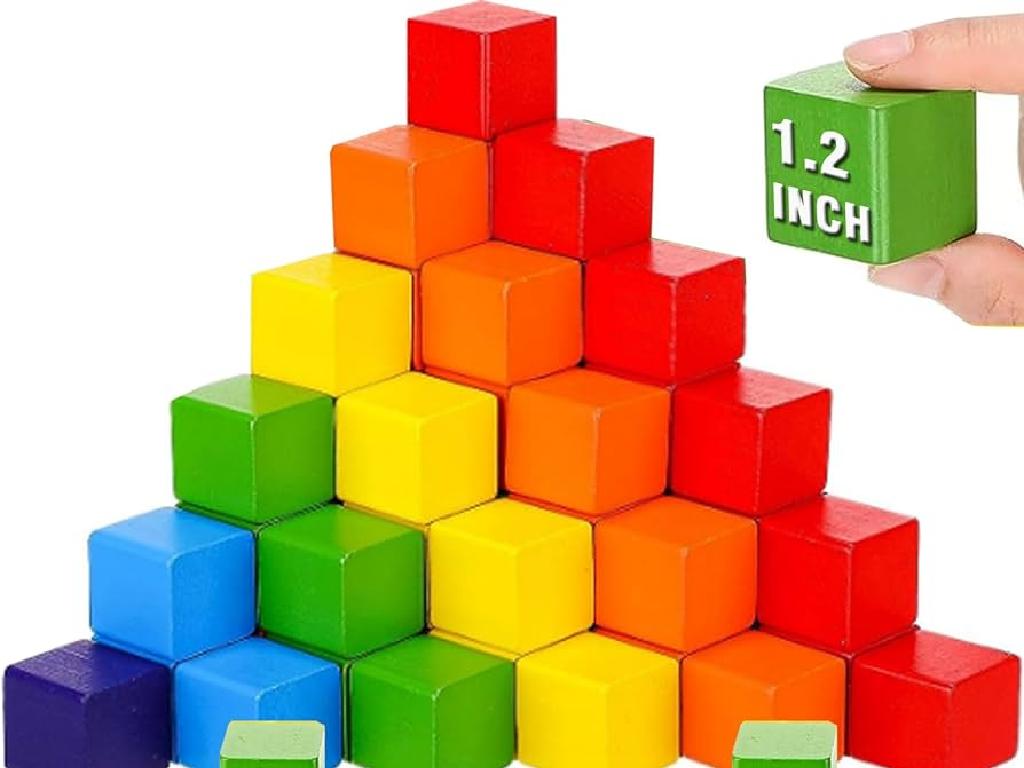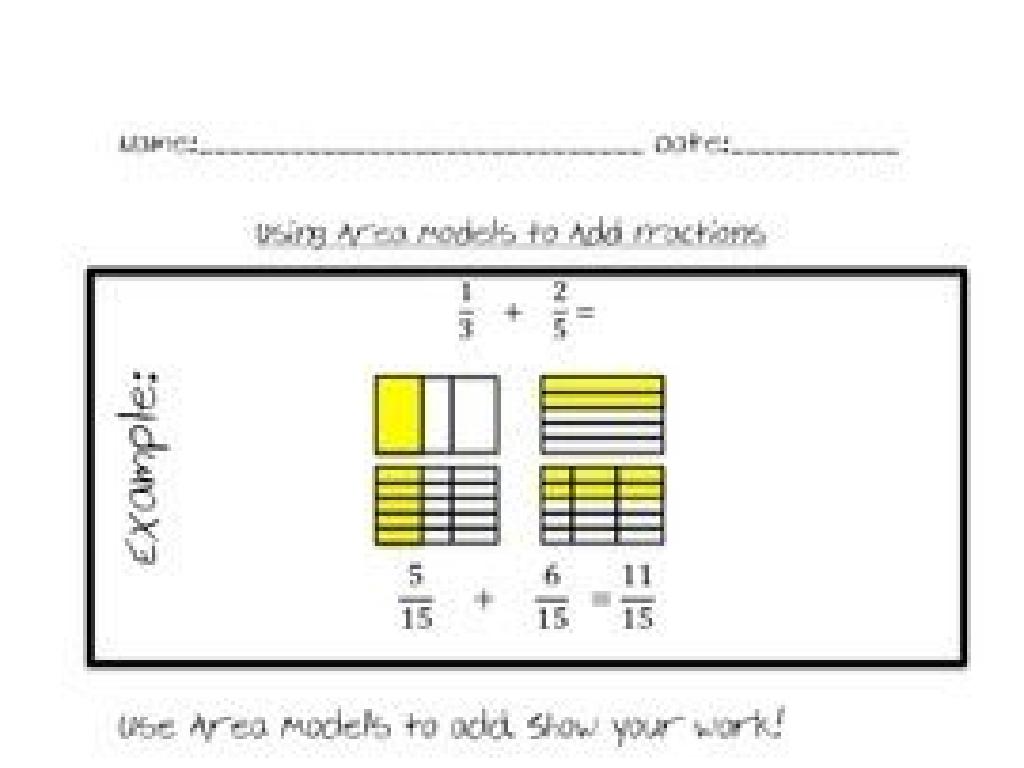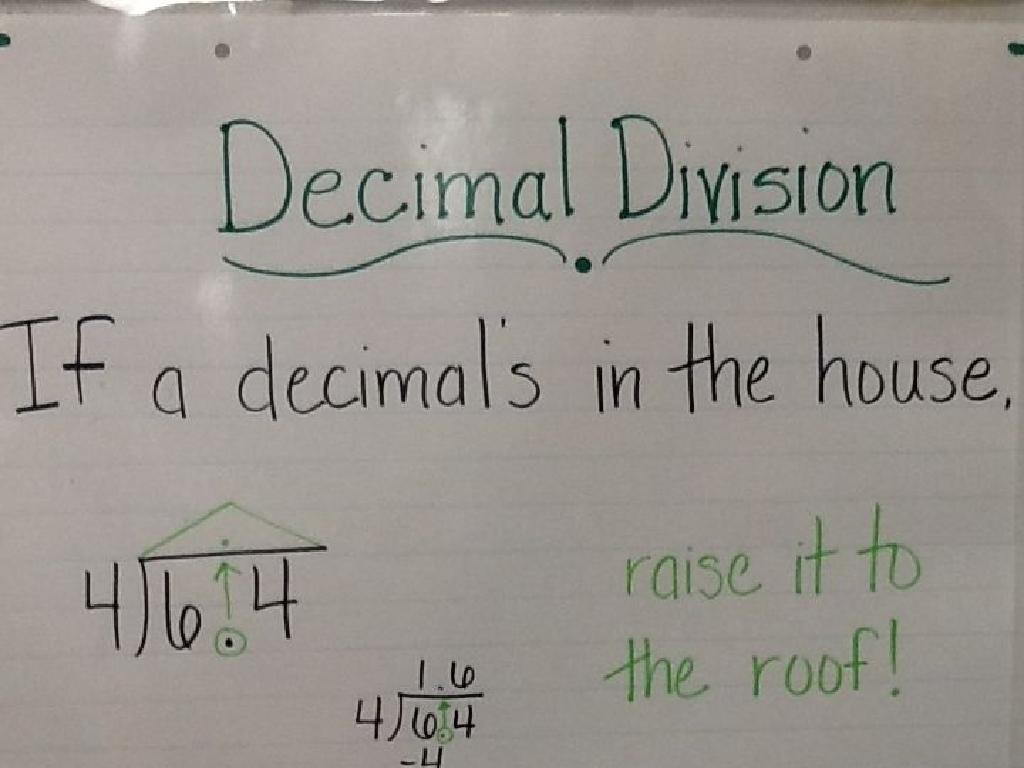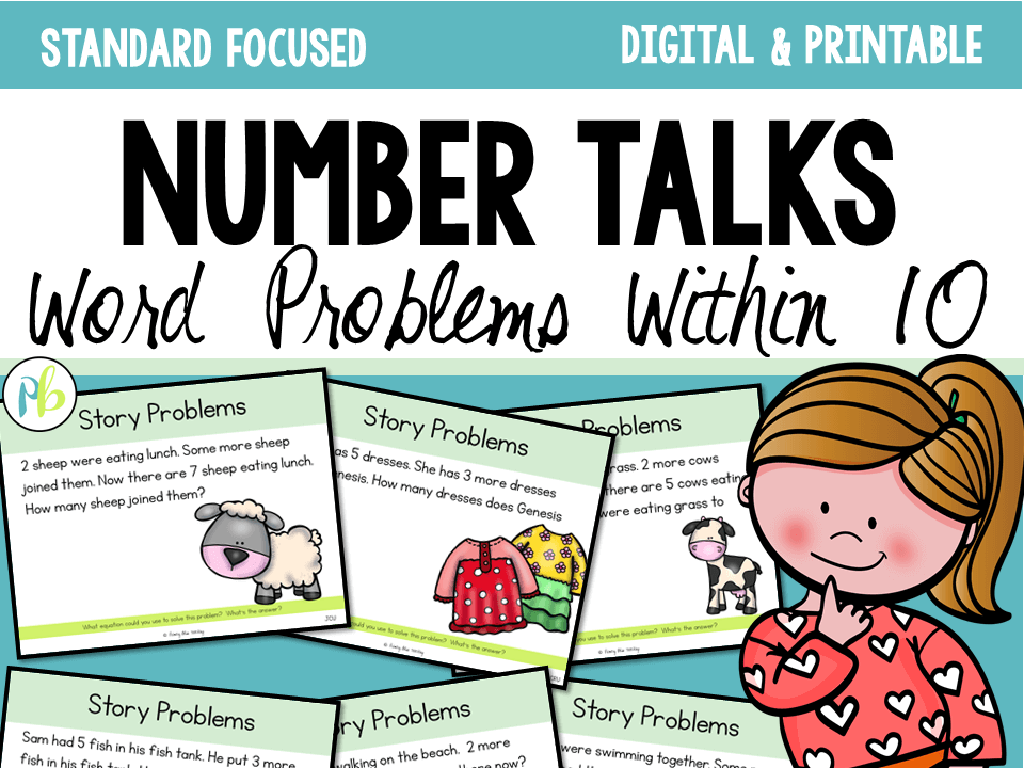Name The Two-Dimensional Shape
Subject: Math
Grade: Kindergarten
Topic: Two-Dimensional Shapes
Please LOG IN to download the presentation. Access is available to registered users only.
View More Content
Welcome to Shapes!
– Learning about flat shapes
– Shapes are everywhere
– Shapes like circles, squares, and triangles
– Spot shapes in the classroom
– Look around to find shapes in objects
– Discuss shapes we find
– We’ll talk about the shapes you see
|
This slide is designed to introduce Kindergarten students to the concept of two-dimensional shapes. Begin by explaining that flat shapes, or 2D shapes, are the outlines of objects that have length and width but no depth. Emphasize that these shapes are found everywhere in our environment. Encourage the children to look around the classroom and identify any shapes they can see, such as the circular clock, square windows, or triangular flags. This activity will help them recognize shapes in everyday objects and understand their properties. After the observation activity, have a discussion where students share the shapes they’ve spotted and where they found them. This interactive approach will make the learning process engaging and memorable.
Exploring 2D Shapes
– 2D shapes are flat shapes
– They have length and width
– Can be drawn on paper
– Think of drawing a picture
– Examples: circles, squares, triangles
– Circle like a cookie, square like a cracker, triangle like a slice of pizza
|
This slide introduces Kindergarten students to the concept of two-dimensional shapes. Emphasize that 2D shapes are flat, like drawings on a piece of paper, and they only have length and width, no thickness. Use tangible examples that children are familiar with, such as comparing shapes to objects they know: a circle to a cookie, a square to a cracker, and a triangle to a slice of pizza. This will help them to visualize and remember the shapes more easily. Encourage the students to find and identify these shapes in the classroom or at home to reinforce their learning.
Meet the Circle
– A circle is round
– Circles have no corners
– Draw a circle in the air
– Use your finger to make a round shape
– Find circle-shaped things
– Look around to spot anything circular
|
This slide introduces kindergarteners to the shape of a circle. Emphasize that a circle is perfectly round, like a ball, and unlike a square, it doesn’t have any corners. Encourage the children to practice drawing circles in the air with their fingers to get a feel for the shape. Then, engage them in a fun activity to find objects in the classroom that are circle-shaped, such as a clock, a coin, or a button. This will help them recognize circles in their environment and understand the concept of roundness. Make sure to walk around the classroom and assist students in identifying circular objects and praising their efforts to reinforce learning.
Say Hello to the Square
– A square has four equal sides
– A square has four corners
– Make a square with fingers
– Can you join your fingers to make a square shape?
– Find square objects around us
– Like a picture frame or a window
|
This slide introduces the concept of a square to Kindergarten students. Start by explaining that a square is a special shape with four sides that are all the same length and it also has four corners. Demonstrate with your fingers how to make a square shape and encourage the children to do the same. This kinesthetic activity helps them remember the shape. Then, engage the students by asking them to look around the classroom or at home for objects that are shaped like squares. Examples could include a window, a book, or a tile on the floor. This real-world connection reinforces their understanding of squares in their environment. The activity is designed to be interactive and fun, fostering a positive learning experience.
Triangle Time
– A triangle has three sides
– Make a triangle with your arms
– Use your arms to form the shape
– Search for triangles in class
– Look around to spot any triangles
– Discuss triangle findings
– Share the triangles you’ve found
|
This slide is designed to introduce kindergarteners to the concept of triangles in a fun and interactive way. Start by explaining that a triangle is a shape with three straight sides and three corners, also known as vertices. Encourage the children to use their arms to make a triangle shape to help them understand the concept physically. Then, engage the class in a scavenger hunt to find triangles in the classroom, which could include triangle-shaped blocks, signs, or even slices of pizza for lunch. Finally, have a discussion where each child shares what triangle shapes they found. This activity will help solidify their understanding of triangles and how they can be found in everyday objects.
Rectangle Rundown
– A rectangle has four sides
– Two sides are longer
– Trace a rectangle with fingers
– Use your finger to draw in the air or on your desk
– Spot rectangles in the classroom
– Can you find objects shaped like rectangles around us?
|
This slide introduces the concept of rectangles to Kindergarten students. Emphasize that while a rectangle has four sides like a square, the lengths of opposite sides are equal, and two sides are longer than the other two. Encourage the students to physically trace the shape with their fingers on their desks to get a tactile sense of the rectangle’s form. Then, engage the students in a fun activity by asking them to look around the classroom and identify objects that have a rectangular shape. This will help them recognize rectangles in everyday objects and understand the concept better. Possible classroom objects that are rectangular could include books, tables, or doors.
Shape Review: Naming 2D Shapes
– Recall shapes: Circle, Square, Triangle, Rectangle
– Each shape has unique features
– Circle is round, square has 4 equal sides, triangle has 3 sides, rectangle has 2 long and 2 short sides
– Choose your favorite shape
– Share why it’s your favorite
– Is it because of the way it looks or something fun you can do with it?
|
This slide is meant to serve as a fun recap for the students to review the shapes they’ve learned about in class. Encourage the children to actively recall each shape and its defining characteristics. Ask them to think about their favorite shape and be prepared to explain their choice, which can include personal preferences or experiences related to the shape. This activity not only reinforces their knowledge of shapes but also allows them to express their opinions and preferences, fostering a more interactive and engaging learning environment.
Shape Hunt Adventure
– Let’s search for shapes in class
– Draw the shapes on your paper
– Can you find a circle, square, or triangle?
– Share your shapes with friends
– Show us your drawings and tell us where you found them
– Discovering shapes is fun!
|
This slide introduces a classroom activity that encourages students to explore their surroundings and identify two-dimensional shapes. The activity is designed to be interactive and fun, helping students to recognize shapes in everyday objects. Teachers should facilitate the shape hunt by guiding students around the classroom and assisting them in drawing the shapes they find. After the hunt, create a sharing time where each student can present their findings and discuss the different shapes they observed. This will help reinforce their understanding of shapes and also develop their communication skills. Possible variations of the activity could include grouping shapes, classifying them by size, or even creating a collage with the shapes found.
Class Activity: Shape Creators
– Make shapes with playdough
– Create a circle, square, triangle, rectangle
– A circle is round, a square has 4 equal sides, a triangle has 3 sides, and a rectangle has 2 long and 2 short sides
– Show and tell your shapes
– Discuss the shapes with friends
– Talk about the sides and corners of each shape
|
This activity is designed to help Kindergarten students recognize and name two-dimensional shapes through a fun and interactive playdough activity. Provide each student with playdough and encourage them to create a circle, square, triangle, and rectangle. Once they have made their shapes, they should present them to their classmates and identify each shape. This will help reinforce their understanding of shapes and their properties, such as the number of sides and corners. Encourage the children to discuss the differences between the shapes with their friends. Possible variations of the activity could include using different colors for different shapes, creating patterns with the shapes, or even combining shapes to make new ones.
Celebrating 2D Shapes
– Congratulations on learning 2D shapes!
– Shapes are all around us
– Look for shapes at home, school, or the park
– Keep finding shapes every day
– Applaud yourselves, shape experts!
– Clap for each other and celebrate!
|
This slide is meant to wrap up the lesson on two-dimensional shapes. It’s a moment to celebrate the children’s achievements and reinforce the idea that learning is ongoing and everywhere. Encourage the students to keep an eye out for shapes in their environment, which will help solidify their understanding. The round of applause is to make them feel proud of their learning and to end the lesson on a positive and fun note. As a follow-up, you could ask students to bring in examples of 2D shapes they find at home or outside for the next class.






